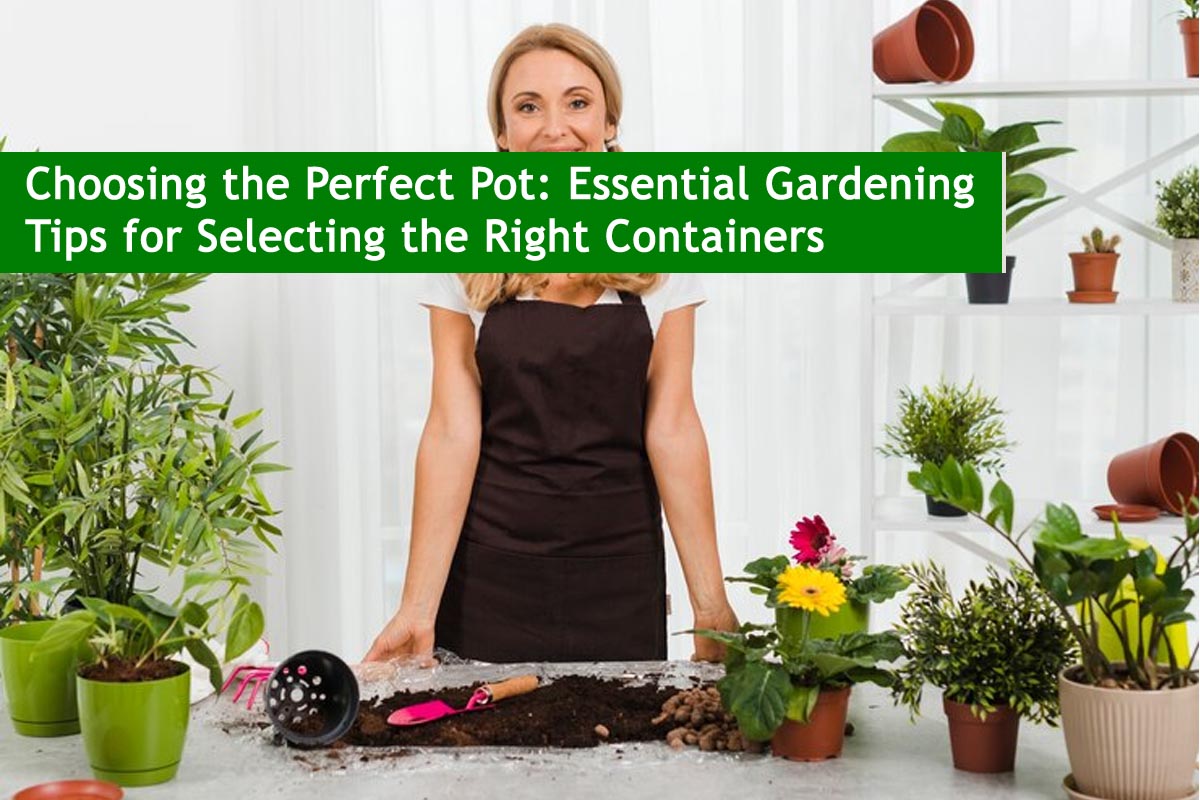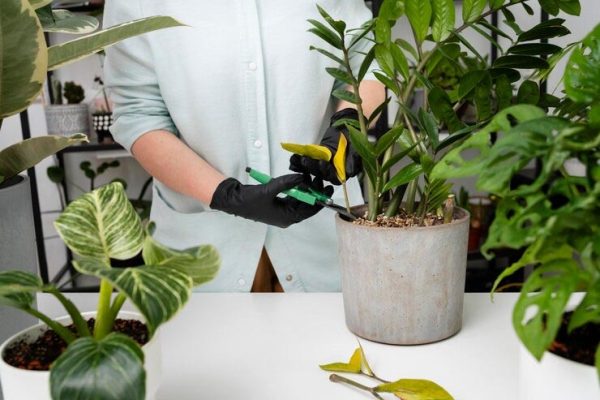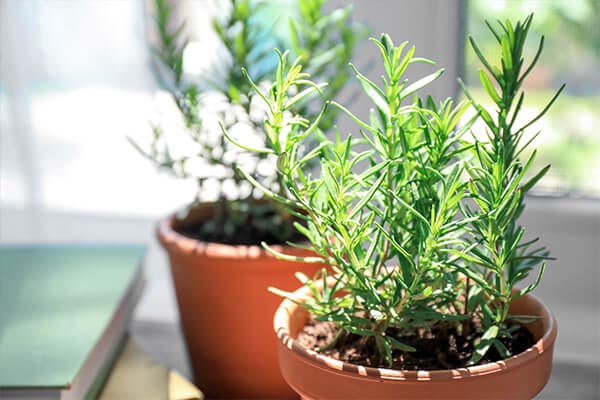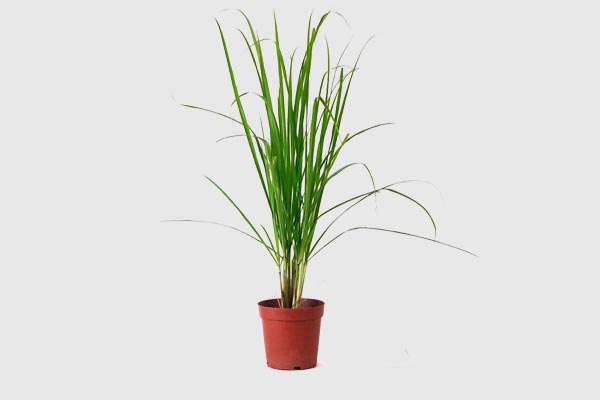
Choosing the Perfect Pot: Essential Gardening Tips for Selecting the Right Containers
Planting trees and shrubs at home is a hobby that almost everyone enjoys. Nowadays, due to space constraints, people fulfil their gardening passion by planting trees in their homes, be it on the roof, balcony, or in pots. When we plant in pots, choosing the right pot for optimal plant growth is essential. Therefore, in today’s post, we will guide you on choosing suitable pots for gardening.
Gardening is a rewarding and therapeutic hobby that allows us to connect with nature and beautify our surroundings. Whether you’re a seasoned green thumb or a novice enthusiast, one crucial aspect of successful gardening is choosing the suitable pots for your plants. The container you select can significantly impact the health and growth of your plants. In this guide, we’ll explore essential tips to help you make informed decisions when selecting the perfect pots for your garden.
Essential Gardening Tips for Selecting the Right Containers
- Consider Material and Durability
- Size Matters
- Drainage is Key
- Consider the Aesthetics
- Adaptability to Climate
- Evaluate Your Plant’s Needs
Consider Material and Durability

The material of the pot plays a crucial role in plant health and overall aesthetics. Common materials include clay, plastic, metal, and wood. Each has its advantages and disadvantages. Clay pots provide excellent breathability but can be heavy and may break easily. Plastic pots are lightweight and durable but may offer a different breathability than some plants. Consider the specific needs of your plants and the climate in your area when choosing the material.
Also Read This : Cultivating Fresh and Juicy Lemons in Pots – From Soil Preparation to Care
Size Matters

The size of the pot is a critical factor that directly affects the growth of your plants. Choose a pot that provides ample space for the roots to expand but is not so large that it retains too much water, leading to root rot. Generally, the pot should be 2 inches larger in diameter than the plant’s current container. Pay attention to the depth, especially for plants with deep root systems.
Also Read This : Winter Plant Pruning: A Guide to Which Plants Should Be Left Untouched
Drainage is Key

Proper drainage is essential for the health of your plants. Ensure the pot has drainage holes at the bottom to prevent waterlogging, which can lead to root rot and other issues. If you fall in love with a pot that lacks drainage, consider drilling holes yourself or placing an inner pot with drainage inside the decorative one.
Also Read This : Non-Blooming Plants for Stunning, Low-Maintenance Garden
Consider the Aesthetics

While functionality is paramount, remember to consider the aesthetic appeal of the pots. Your choice of containers can enhance the overall look of your garden. Mix and match different sizes, shapes, and colours to create a visually appealing and harmonious display.
Also Read This : Harmony and Healing: Vastu Tips for Placing Aloe Vera Plants in Your Home
Adaptability to Climate

Take into account the climate in your region when selecting pots. Some materials may be better suited to withstand extreme temperatures, while others may crack or fade. Additionally, consider the weight of the pots, as you may need to move them indoors during colder months or extreme weather conditions.
Also Read This : Thriving Aquascape: Top 10 Aquarium Plants Your Fish Will Adore
Evaluate Your Plant’s Needs

Different plants have different requirements. Some prefer well-draining soil and benefit from breathable pots, while others thrive in moisture-retaining containers. Research the specific needs of your plants and choose pots that align with those requirements.
Also Read This : Growing Aloe Vera from a Single Leaf – Your Comprehensive Guide
In the gardening world, the proper pot can make all the difference in the health and vitality of your plants. You can make informed decisions when selecting containers by considering material, size, drainage, aesthetics, climate, and your plant’s needs. With the perfect pots, you’ll provide a conducive environment for your plants to flourish and create a visually stunning garden that brings joy and satisfaction to you and your visitors. Happy gardening!
Also Read This : Blooms for Every Space: A Guide to Types of Flowers Suitable for Homes




